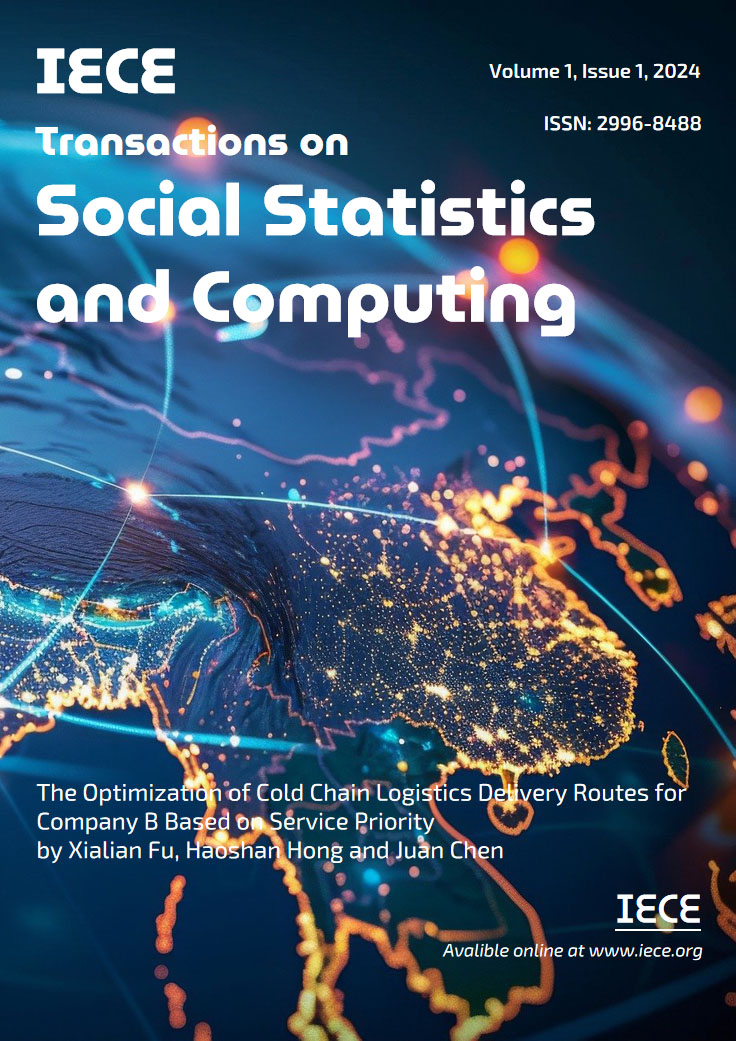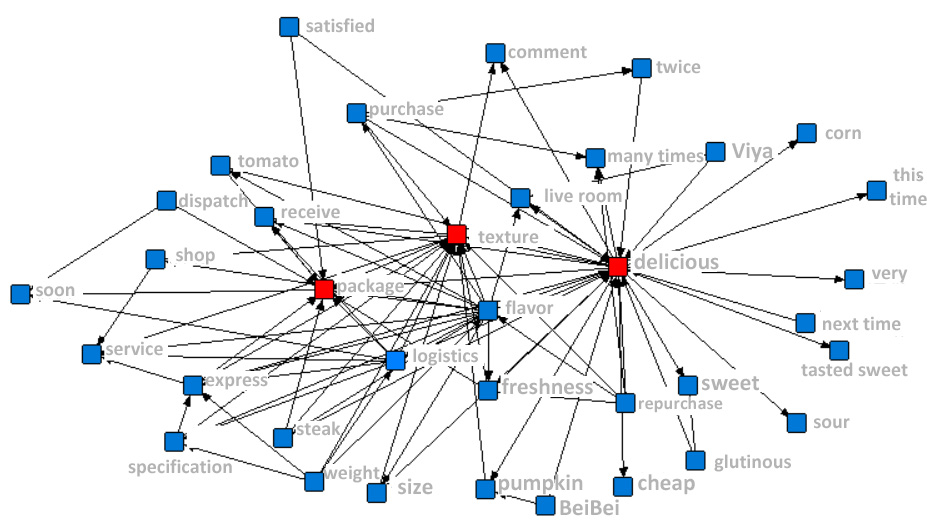IECE Transactions on Social Statistics and Computing
ISSN: 2996-8488 (Online)
Email: [email protected];[email protected];[email protected]


 Submit Manuscript
Edit a Special Issue
Submit Manuscript
Edit a Special Issue

[1]Aimei Consulting. 2022 china fresh food e-commerce operation big data and development prospect research report. https://www.iimedia.cn/c400/84894.html
[2] Su, X. (2012). Research on factors influencing the usefulness of b2c online reviews–taking amazon.com as an example. Hubei: Zhongnan University for Nationalities.
[3] Lei, H. (2017). Extraction of product attributes and visual representation of their emotions based on product reviews of e-commerce websites. Beijing University of Posts and Telecommunications.
[4] Guoxianda, N., Gao, H., & Yang, X. (2020). Research on online review topic mining based on gaussian lda. Journal of Intelligence, 39(6), 630–639.
[5] Zheng, L., & Wang, H. (2017). Emotional polarity and intensity analysis of online reviews based on emotional ontology:taking cell phone as an example. Journal of Management Engineering, 31(2), 47–54.
[6] Maharani, W., Widyantoro, D. H., & Khodra, M. L. (2022). Dynamic aspect-based rating system and visualization. User Modeling and User-Adapted Interaction, 32(1-2), 1–24.
[7] Hatzivassiloglou, V., & McKeown, K. R. (1997). Predicting the semantic orientation of adjectives. In Proceedings of the 35th Annual Meeting of the Association for Computational Linguistics and 8th Conference of the European Chapter of the Association for Computational Linguistics (pp. 174–181). Madrid, Spain: Morgan Kaufmann Publishers / ACL.
[8] Trusov, M., Bucklin, R. E., & Pauwels, K. (2009). Effects of word-of-mouth versus traditional marketing: findings from an internet social networking site. Journal of Marketing, 73(5), 90–102.
[9] Zhang, W. (2015). A review of domestic research on customer satisfaction-analysis based on china knowledge network literature from 2000-2014. Research on Business Economy (31), 66–68.
[10] Li, B., & Cheng, L. (2013). Study on vehicle scheduling problem based on customer satisfaction. Logistics Technology, 32(23), 253–254+272.
[11] Wang, Y., & Zeng, F. (2004). Customer satisfaction measurement based on entropy value method. Business Research (22), 11–13.
[12] Pei, F., Tang, W., & Kuitong, H. (2006). A review of customer satisfaction research and application. World Standardization and Quality Management (10), 4–7.
[13] Xu, Z., & Wei, B. (2001). Empirical analysis of customer satisfaction index in the united states. World Standardization and Quality Management (10), 16–17.
[14] Hill, N., & Alexander, J. (2017). The handbook of customer satisfaction and loyalty measurement. Routledge.
[15] Wang, X., Wang, N., Song, W., Wang, M., & Zhang, M. (2022). Research on factors influencing consumer satisfaction and countermeasures in fresh food e-commerce. Investment and Entrepreneurship, 33(18), 124–126.
[16] Liu, G. (2022). The status quo and trend of fresh food e-commerce development in the context of new retail. China Market (18), 169–171.
IECE Transactions on Social Statistics and Computing
ISSN: 2996-8488 (Online)
Email: [email protected];[email protected];[email protected]

Portico
All published articles are preserved here permanently:
https://www.portico.org/publishers/iece/